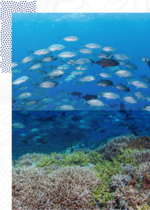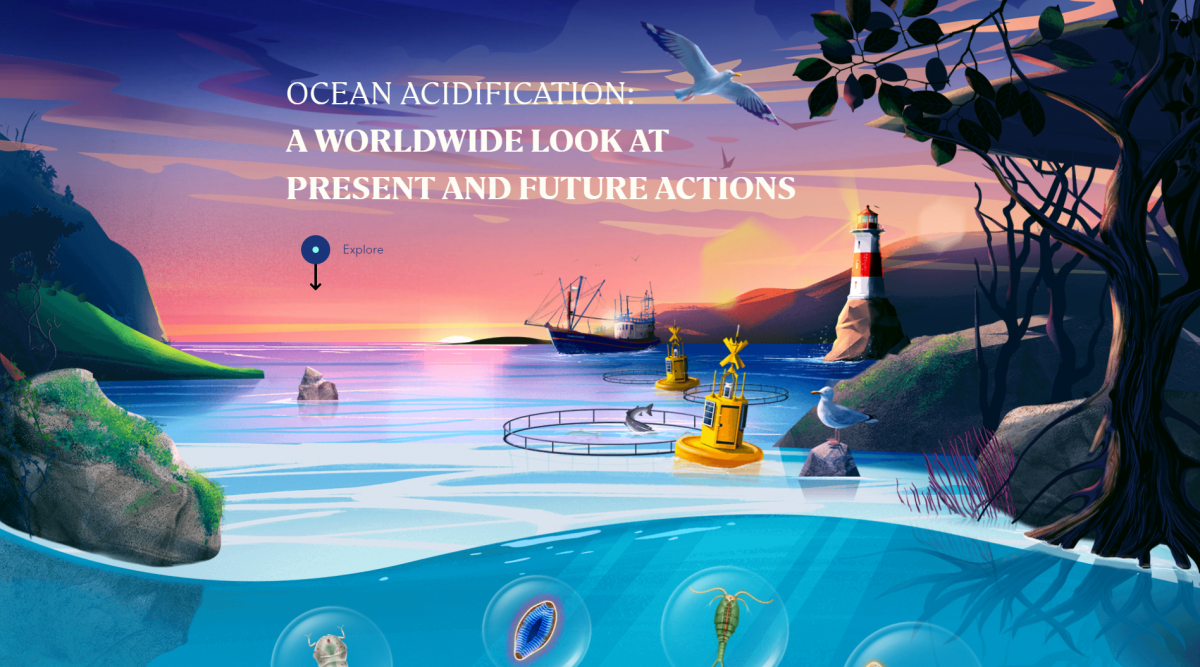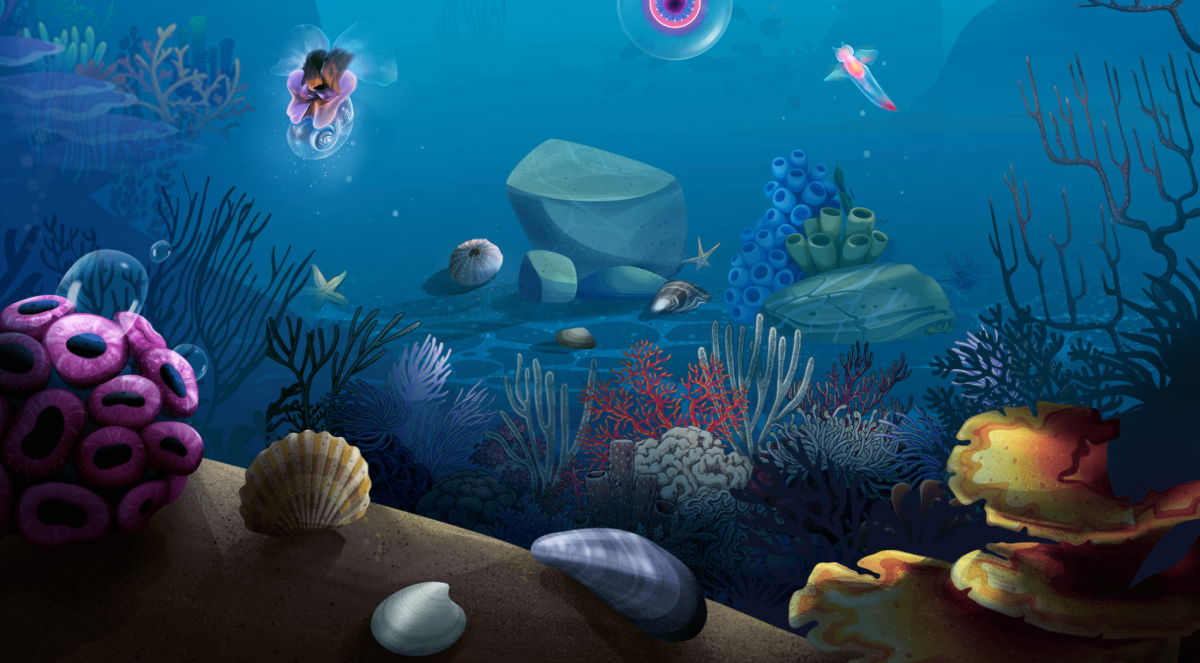Ocean Acidification: The what, where, how, why and what next on this major ocean issue
In the last 200 years, the ocean has taken up around 30% of all CO2 emissions and this absorption has altered the production of calcium carbonate in oceanic waters, causing the phenomenon known as Ocean Acidification (OA). Our new web story provides a high-level look at all impacts of this problem, where it is happening, and what needs to happen next.
Web story - Ocean Acidification: A WORLDWIDE LOOK AT PRESENT AND FUTURE ACTIONS
Mitigation alone is not enough
Mitigation actions by themselves are unable to avoid all consequences associated with OA. There is a need to plan for and implement adaptation measures to alleviate harm. Activities focused on strengthening resilience and enhancing adaptive capacity will provide the greatest opportunities for alleviating the impacts of OA that are not prevented by mitigation. These include the creation of Marine Protected Areas (MPAs) which can directly remediate OA via the preservation of marine vegetation, that, in turn, can buffer against changes in water chemistry. Adaptive capacity in fisheries can be greatly increased by protecting and enhancing fish stock abundance through the reduction of non-acidification related stressors, including overfishing.
 Photo: IUCN GMPP
Photo: IUCN GMPP
The Ocean Acidification International Reference User Group
The web story also goes through the history of OA, including the work of the Ocean Acidification International Reference User Group, an expert group founded in 2005 and funded by the Prince Albert II Foundation. The Group has used the latest findings on ocean acidification to raise awareness of the need to address the issue through targeted policy interventions.





